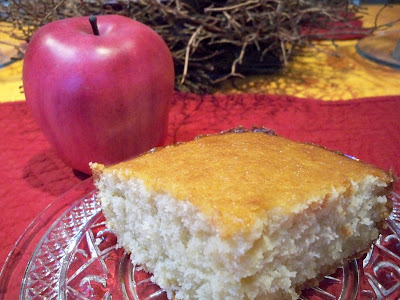 Recently, I heard a rumor that my friend Rocky claims to be a member of Spanish culinary royalty.
Recently, I heard a rumor that my friend Rocky claims to be a member of Spanish culinary royalty.I first get the word from my colleague Hal2001, a creative thinker and epicurean. We are sampling Manchego and chorizo – with a side of red wine – at Despana Gourmet in Jackson Heights. I am admiring the gleaming paella pans perched high on a shelf.
“Rocky says he’s the King of Paella,” Hal2001 mentions. This surprises me, since I’ve always considered Rocky a serious meat and potatoes guy.
“Where did you hear that?” I ask.
“Rocky told me. He was installing a light fixture in my apartment, and fell off the table and hit his head.”
“You believed the word of a man with a serious head injury?”
I am determined to investigate further and approach Rocky directly. I send an email.
“I hear you’re “The King of Paella.” You know how I feel about food. How could you keep this from me?” I demand.
The direct approach pays off, and scores me and Hal2001 a dinner invitation where Rocky promises to prove his prowess at paella. So we show up at the Upper West Side apartment of Rocky and his charming wife, with a bottle of fine Spanish sherry in hand.
Paella is a legendary Spanish dish of rice, chicken, vegetables and seafood, named for the pan in which it is prepared. It is often cooked over an open wood fire – although this is not acceptable behavior in a New York City apartment. Rocky has the ingredients spread on the kitchen counter. Chicken and spicy chorizo is simmering on the stove in the wide, shallow pan, and nearby there is a bowl-full of perfect clams and an open packet of succulent swordfish.
You can learn a lot about colleagues around the table that you’ll never discover at the office. I’ve always known that Rocky was a man of letters, but had no idea that he’d lived in Spain for four-and-a-half years as a youth and later bartended there as an adult. He claims to be a bit nervous with a celebrated food blogger scrutinizing his every step, but he moves with comfortable dexterity through the kitchen. Saffron colors the broth a burnished gold and the pan sizzles with savory and briny aromas evoking the earth and the sea.
It turns out the recipe is something of a family heirloom. During the time Rocky’s family lived in Spain, they often ate at a restaurant called La Puntaza in Mojacar and befriended the chef. One night at the restaurant in 1971, Rocky’s mom got up from table, went to the kitchen and learned how to cook paella from the chef. Take that, Julia Child! To this day, Rocky traditionally prepares the same paella recipe as part of their New Year’s Eve celebration.
Just before the feast of paella is ready, we encounter a slight snag. Hal2001 announces that he doesn’t like peas, just as Rocky is about to toss a handful into the pan.
“No peas, lima beans or sauerkraut,” states Hal2001 decisively. The sauerkraut issue is surprising for a guy who grew up in Pennsylvania Dutch country.
“Two out of three are not in this recipe,” says Rocky, but he agrees to a compromise. Only the right half of the pan will contain peas.
We fill our plates at the stove with the steaming and colorful concoction. Adorned with wedges of lemon and roasted pimiento, it is a brilliant and festive serving of Mediterranean splendor. Rocky agrees to share the recipe acquired so long ago on Mojacar. In a nod to modern technology, this time the recipe is passed along via Blackberry, but the venerated tradition remains intact.
 ROCKY’S PAELLA RECIPE
ROCKY’S PAELLA RECIPE1 small frying chicken or chicken pieces
Partially precook with 2 teaspoons parsley, salt, pepper, bay leaf in 6 cups water to make broth. Remove chicken, reserve broth.
Ingredients:
½ lb. swordfish
1¾ cup rice (Uncle Ben’s)
4 oz. tomato sauce
Handful of peas
Small jar roasted pimiento, drained
Shrimp
Clams
Mussels
Olive oil
Saffron
In paella pan: brown the partially precooked chicken and chorizo in olive oil along with the garlic for about 10 minutes.
Add fish, brown 2 minutes maximum.
Add saffron.
Add rice, stir to more or less coat with oil and distribute evenly.
Add tomato sauce to the broth and add to the paella pan to the top. Continue cooking until liquid is almost absorbed, 15 to 20 minutes.
When liquid is almost absorbed, add shrimp and shellfish, pushing them down into the rice, until they open. (Shellfish can be precooked separately to remove bits of sand.)
Decorate with lemon wedges and roasted pimiento strips.
(Serves Six)




























